Poultry Diseases Alert: Learn More About Poultry Disease in Our Industry:
Poultry disease and their Control Measures
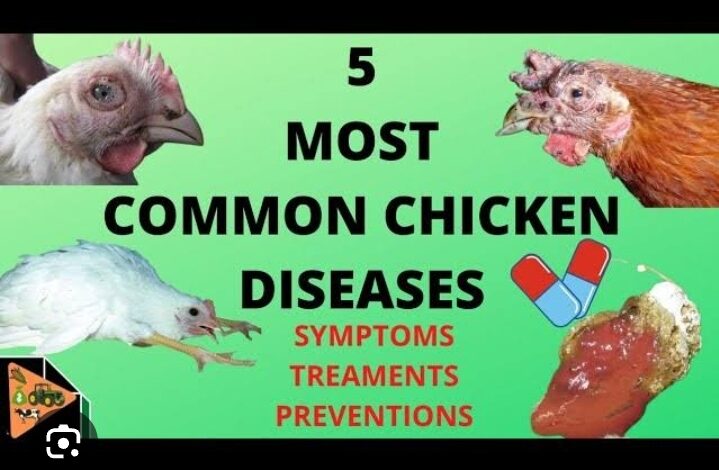
Poultry disease are a major concern for poultry farmers due to their potential impact on bird health, farm productivity, and economic losses. These diseases can be caused by a variety of agents such as bacteria, viruses, fungi, parasites, or environmental factors. In this expanded overview, we’ll look at various categories of poultry diseases in more detail, their causes, symptoms, and preventive measures.
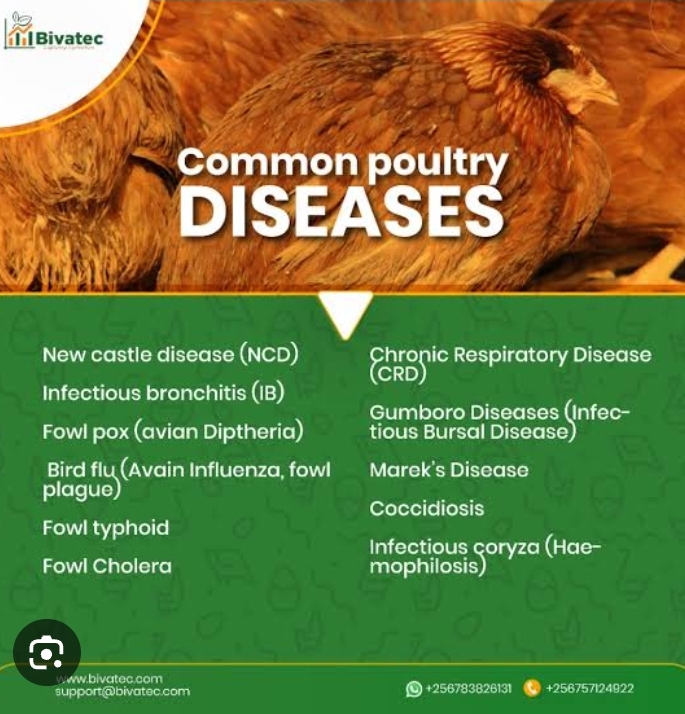
1. Viral Diseases through Poultry diseases
Poultry Disease can have Viral diseases that are often highly contagious and can spread quickly through poultry populations. They may affect different body systems, including the respiratory, digestive, and nervous systems.
- Avian Influenza (Bird Flu):
- Cause: Caused by Influenza A viruses, especially H5N1 and H7N9 strains.
- Symptoms: Sudden death, respiratory distress (coughing, sneezing), swelling of the head and neck, drop in egg production, and diarrhea. Some strains can infect humans.
- Prevention: Strict biosecurity measures, vaccination (for some strains), culling infected birds, and surveillance.
- Newcastle (ND):
- Cause: Caused by a paramyxovirus, it is highly contagious among poultry.
- Symptoms: Respiratory issues (gasping, coughing), nervous system signs (paralysis, twisted neck), digestive problems (diarrhea), and sudden death.
- Prevention: Vaccination, isolation of infected birds, and control of movement of birds between farms.
- Marek’s Disease:
- Cause: Caused by a herpesvirus (Gallid Herpesvirus 2).
- Symptoms: Tumors in internal organs, lameness, paralysis (especially in legs), and weight loss.
- Prevention: Vaccination of chicks at hatcheries.
- Avian Encephalomyelitis:
- Cause: Caused by an enterovirus, it affects young chicks.
- Symptoms: Tremors, paralysis, and stunted growth.
- Prevention: Vaccination of breeding flocks, especially for egg-laying chickens.
- Infectious Bronchitis:
- Cause: Caused by a coronavirus (Avian coronavirus).
- Symptoms: Coughing, sneezing, nasal discharge, and a drop in egg production with malformed eggs.
- Prevention: Vaccination, biosecurity measures, and isolation of infected birds.
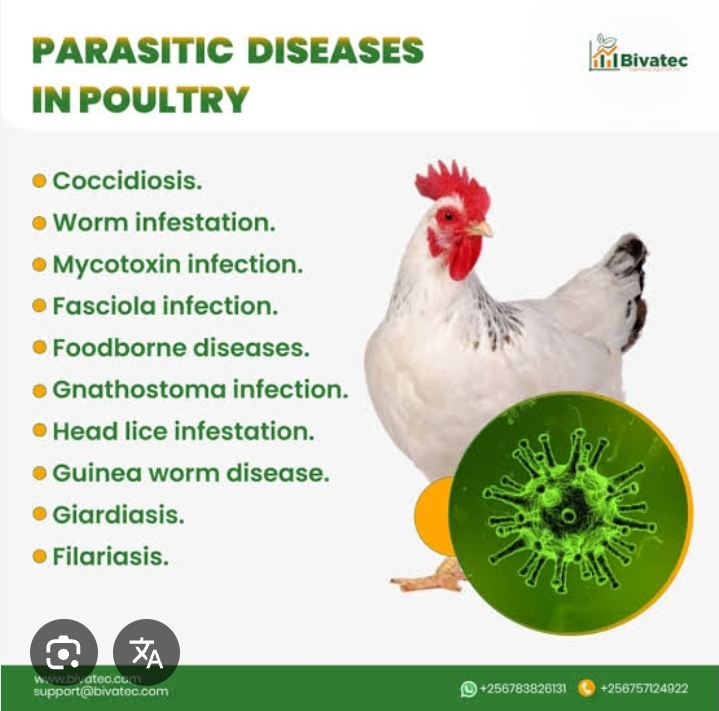
2. Bacterial Disease in Poultry disease
Bacterial infections in poultry can affect multiple body systems and often cause severe economic losses. They may result in systemic infections, respiratory distress, and digestive disturbances.
- Salmonellosis:
- Cause: Caused by Salmonella bacteria.
- Symptoms: Diarrhea, vomiting, dehydration, weight loss, and in severe cases, death. Certain strains (e.g., Salmonella Enteritidis) can be transmitted to humans through contaminated eggs and meat.
- Prevention: Proper hygiene, regular cleaning of water and feed, vaccination of breeding flocks, and control of rodent populations.
- Mycoplasmosis:
- Cause: Caused by Mycoplasma species (e.g., Mycoplasma gallisepticum).
- Symptoms: Respiratory distress (coughing, nasal discharge), poor growth, and reduced egg production.
- Prevention: Strict biosecurity, isolation of infected birds, and culling if necessary. Antibiotics are used to control symptoms.
- Colibacillosis (E. coli infection):
- Cause: Caused by Escherichia coli bacteria.
- Symptoms: Respiratory distress, digestive issues (diarrhea), and septicemia (systemic infection).
- Prevention: Maintaining a clean environment, controlling stressors, and using antibiotics when needed. Proper sanitation of water and feed is critical.
- Fowl Cholera:
- Cause: Caused by Pasteurella multocida bacteria.
- Symptoms: Sudden death, nasal discharge, and swelling of the head and neck.
- Prevention: Vaccination, good sanitation, and culling of infected birds.

3. Parasitic Diseases in poultry disease
Poultry disease that are Parasitic infections in poultry are often transmitted by external vectors such as ticks, mites, and mosquitoes, or through contaminated water and feed. They can lead to a range of symptoms, including anemia, weight loss, and digestive issues.
- Coccidiosis:
- Cause: Caused by protozoan parasites of the genus Eimeria.
- Symptoms: Diarrhea (often with blood), weight loss, poor growth, and in severe cases, death.
- Prevention: Use of anticoccidial drugs, vaccination (e.g., Coccivac), maintaining dry bedding, and good sanitation to limit oocyst exposure.
- External Parasites (Mites, Lice, Ticks):
- Cause: Mites, lice, and ticks feed on the blood of chickens, causing irritation, anemia, and weight loss.
- Symptoms: Feather loss, itching, reduced egg production, and anemia in severe cases.
- Prevention: Regular inspection of birds, treatment with insecticides, and proper sanitation of coops.
- Ascaridiasis (Roundworm infection):
- Cause: Caused by Ascaridia galli (roundworm) and other similar species.
- Symptoms: Weight loss, diarrhea, lethargy, and poor egg production.
- Prevention: Deworming treatments, proper sanitation, and rotating grazing areas if possible.
4. Fungal Infections caused by poultry disease
Fungal diseases are less common but can still have a significant impact on poultry health, particularly in poor environmental conditions.
- Aspergillosis:
- Cause: Caused by the fungus Aspergillus.
- Symptoms: Respiratory distress (gasping, wheezing), nasal discharge, and in severe cases, sudden death.
- Prevention: Ensuring proper ventilation and avoiding moldy feed or bedding.
- Candidiasis (Yeast Infection):
- Cause: Caused by Candida fungi.
- Symptoms: Poor growth, loss of appetite, and digestive issues like diarrhea.
- Prevention: Maintaining clean water and feed systems, and reducing stress on the birds.
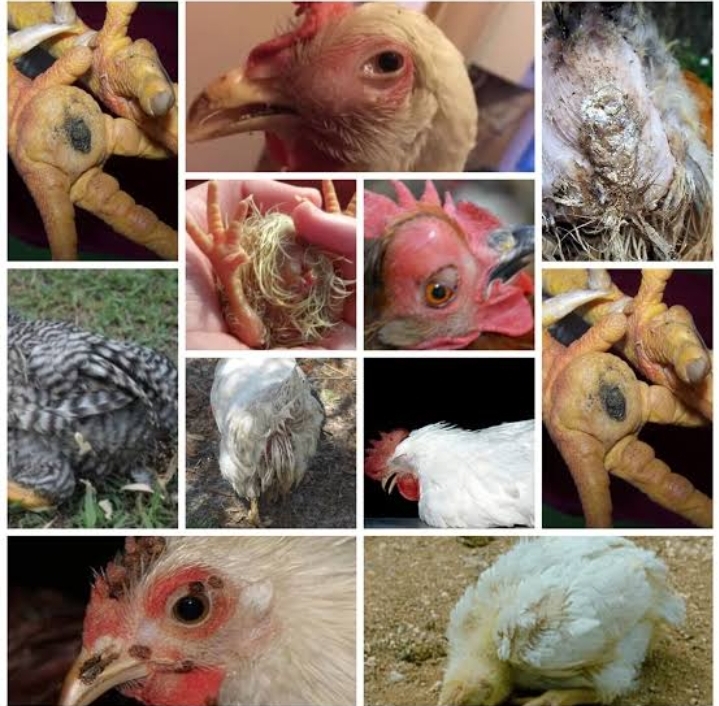
5. Nutritional Deficiencies that lead to poultry disease
Nutritional imbalances can lead to various diseases and health problems. Common deficiencies include lack of essential vitamins and minerals.
- Vitamin A Deficiency:
- Symptoms: Poor feathering, respiratory issues, and stunted growth.
- Prevention: Providing a balanced diet with adequate levels of vitamins and minerals.
- Calcium Deficiency:
- Symptoms: Soft eggshells, weak bones, and reduced egg production.
- Prevention: Ensuring the diet includes sufficient calcium, especially for laying hens.
- Protein Deficiency:
- Symptoms: Poor growth, reduced egg production, and weakened immune system.
- Prevention: Providing adequate protein levels in the diet, particularly for young chicks and laying hens.
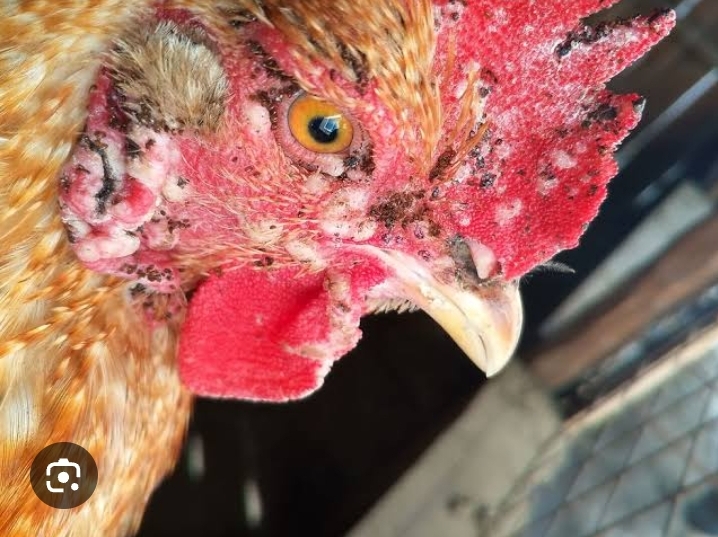
6. Environmental and Management of poultry Disease
Poor management practices and environmental factors such as temperature, humidity, and overcrowding can increase the risk of diseases.
- Heat Stress:
- Cause: High temperatures can cause dehydration, heat exhaustion, and even death.
- Symptoms: Panting, lethargy, decreased egg production, and death in extreme cases.
- Prevention: Providing adequate ventilation, cooling systems, and ensuring birds have access to plenty of water.
- Poor Housing and Overcrowding:
- Cause: Insufficient space, inadequate ventilation, and poor hygiene create ideal conditions for disease transmission.
- Symptoms: Increased risk of respiratory infections, stress, and cannibalism.
- Prevention: Proper housing design, regular cleaning, and monitoring of bird density.
7. Vector-Borne poultry Disease
Diseases transmitted by insects like mosquitoes and flies can affect poultry.
- Avian Malaria:
- Cause: Caused by Plasmodium parasites transmitted by mosquitoes.
- Symptoms: Anemia, lethargy, and death.
- Prevention: Control of mosquito populations, especially in tropical regions.
- Fowl Tick-Borne Fever:
- Cause: Caused by Borrelia bacteria transmitted by ticks.
- Symptoms: Fever, anemia, and lethargy.
- Prevention: Tick control through acaricides and management of tick populations.
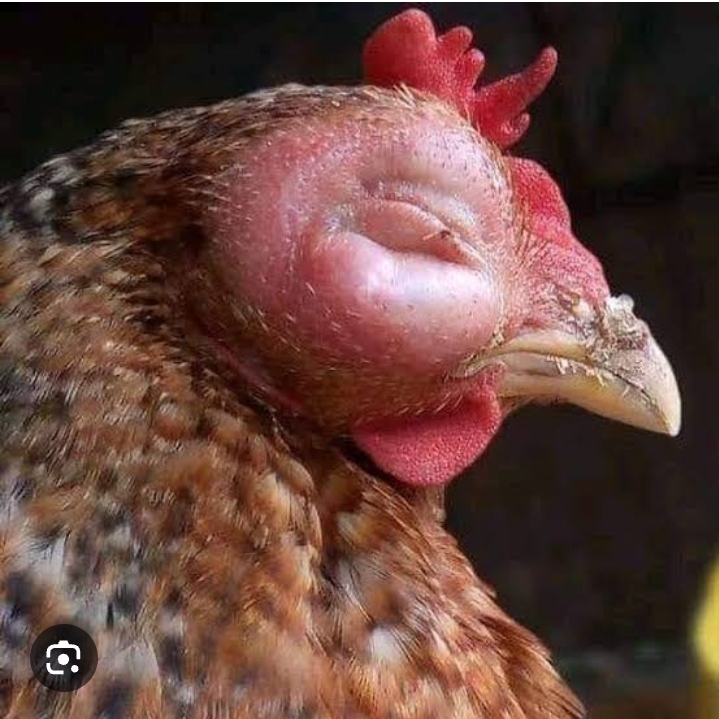
Prevention and Management Strategies
- Vaccination: For many viral diseases like Newcastle Disease, Marek’s Disease, and Avian Influenza, vaccination is a key preventive measure.
- Biosecurity: Ensuring strict biosecurity measures (such as limiting farm access, disinfection of equipment, and controlling wildlife) helps prevent disease entry.
- Good Hygiene: Regular cleaning and disinfection of poultry houses, feeders, and waterers are essential.
- Proper Nutrition: Providing a balanced diet rich in essential vitamins, minerals, and proteins helps boost the immune system.
- Environmental Management: Proper ventilation, temperature control, and adequate space reduce the risk of stress and environmental diseases.
Learn more About: Mange disease in Animals
By understanding and managing the causes, symptoms, and preventive strategies for these poultry diseases, farmers can ensure healthier flocks, better productivity, and reduced losses. Regular veterinary consultations, disease surveillance, and efficient management are essential in combating poultry diseases.
Wanna Apply for a Job? Apply Here




